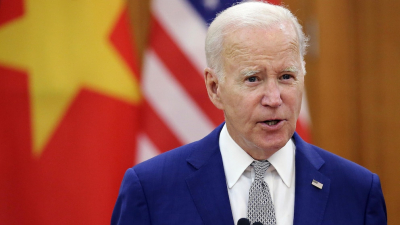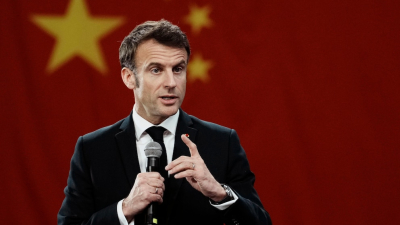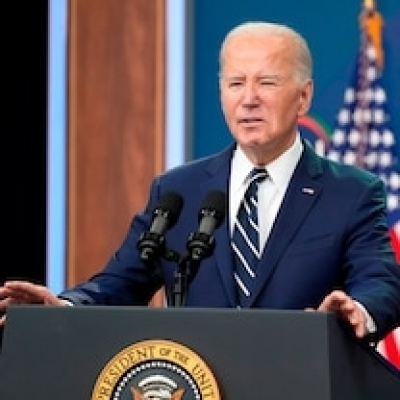Navigating Fiscal Policy and Public Welfare in the Modern Era
As nations grapple with complex economic decisions, a perennial debate emerges: Should governments prioritize tax cuts or bolster healthcare services? This question sits at the crossroads of fiscal policy and public welfare, sparking intense discussions among policymakers, economists, and citizens alike. In this article, we delve into the intricacies of this dilemma, exploring the implications of each choice and the challenges of striking a balance between fiscal responsibility and societal well-being.
The Tax Cut Temptation: Stimulating Economic Growth or Short-Term Gain?
Advocates of tax cuts argue that reducing tax burdens stimulates economic growth by putting more money into the hands of individuals and businesses. Proponents contend that lower taxes incentivize investment, spur consumer spending, and ultimately lead to job creation. This perspective often gains traction during periods of economic downturn, where policymakers seek quick remedies to stimulate sluggish economies.
However, critics caution against the allure of tax cuts, highlighting their potential drawbacks. While tax reductions may provide immediate relief for taxpayers, they can also strain government revenues, leading to budget deficits and hampering long-term investments in critical sectors such as healthcare, education, and infrastructure. Moreover, the benefits of tax cuts are not evenly distributed, often favoring the wealthy while exacerbating income inequality.
The Imperative of Healthcare Enhancement: Investing in Public Health and Social Equity
Conversely, proponents of healthcare improvement argue for prioritizing investments in public health infrastructure and services. They emphasize that accessible, high-quality healthcare is not only a fundamental human right but also a strategic investment in national prosperity and social stability. By expanding healthcare coverage, investing in medical research, and enhancing preventive care measures, governments can improve overall public health outcomes, reduce healthcare disparities, and foster a more productive workforce.
However, the path to healthcare enhancement is not without obstacles. Implementing comprehensive healthcare reforms requires substantial financial resources and long-term planning. Moreover, entrenched interests within the healthcare industry, coupled with ideological differences, often impede efforts to enact meaningful reforms. Nevertheless, advocates maintain that the societal benefits of a robust healthcare system far outweigh the challenges, advocating for a proactive approach to address systemic issues and promote equitable access to healthcare for all citizens.
Striking a Delicate Balance: Toward an Inclusive and Sustainable Approach
In reality, the dichotomy between tax cuts and healthcare improvement is not a simple either-or proposition but rather a complex balancing act that demands careful consideration of multiple factors. Effective governance entails reconciling competing priorities, weighing short-term economic stimuli against long-term societal investments, and fostering collaboration among diverse stakeholders.
Moreover, the COVID-19 pandemic has underscored the interconnectedness of fiscal policy and public health, emphasizing the need for adaptive governance models that prioritize resilience, equity, and sustainability. As nations chart their post-pandemic recovery paths, they must reassess their fiscal strategies in light of evolving societal needs, leveraging data-driven insights and evidence-based policymaking to optimize outcomes for all citizens.
In conclusion, the debate between tax cuts and healthcare improvement reflects the broader tension between economic imperatives and social responsibilities. While tax cuts may offer immediate gratification, they must be weighed against their long-term implications for public welfare and economic resilience. By prioritizing investments in healthcare and adopting holistic approaches to fiscal policy, governments can foster inclusive prosperity and enhance societal well-being in the face of complex challenges.
Conclusions: Navigating the Path Forward
In navigating the intricate terrain between tax cuts and healthcare improvement, one thing becomes clear: there are no easy answers or one-size-fits-all solutions. The complexities of modern governance demand nuanced approaches that acknowledge the interplay between fiscal policy, public welfare, and societal well-being.
While tax cuts can provide short-term relief and stimulate economic activity, their benefits must be weighed against the potential long-term consequences, including fiscal strain and exacerbation of social inequalities. Conversely, investments in healthcare yield far-reaching dividends, promoting public health, social equity, and economic resilience. However, realizing these benefits requires sustained commitment, political will, and collaborative efforts across sectors.
As nations confront the challenges of the post-pandemic era, they are presented with a pivotal opportunity to reassess their priorities and chart a course toward inclusive and sustainable development. By embracing evidence-based policymaking, fostering dialogue among stakeholders, and prioritizing the common good over partisan interests, governments can navigate the path forward with confidence, ensuring that fiscal policies serve as vehicles for progress rather than impediments to prosperity.
Ultimately, the quest for equilibrium between tax cuts and healthcare improvement is not just a matter of economic theory or political expediency; it is a moral imperative and a testament to the values we hold dear as societies. By embracing pragmatism, empathy, and foresight, we can forge a brighter future for generations to come, where prosperity is not just measured in dollars and cents, but in the health, happiness, and dignity of all citizens.










